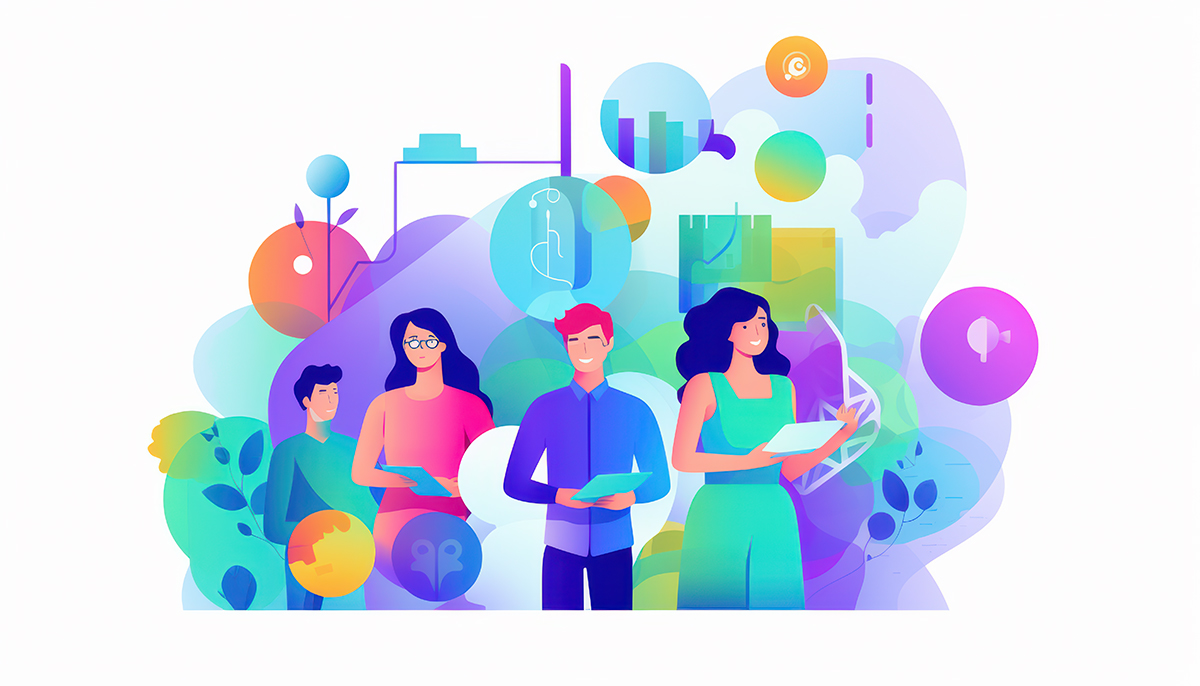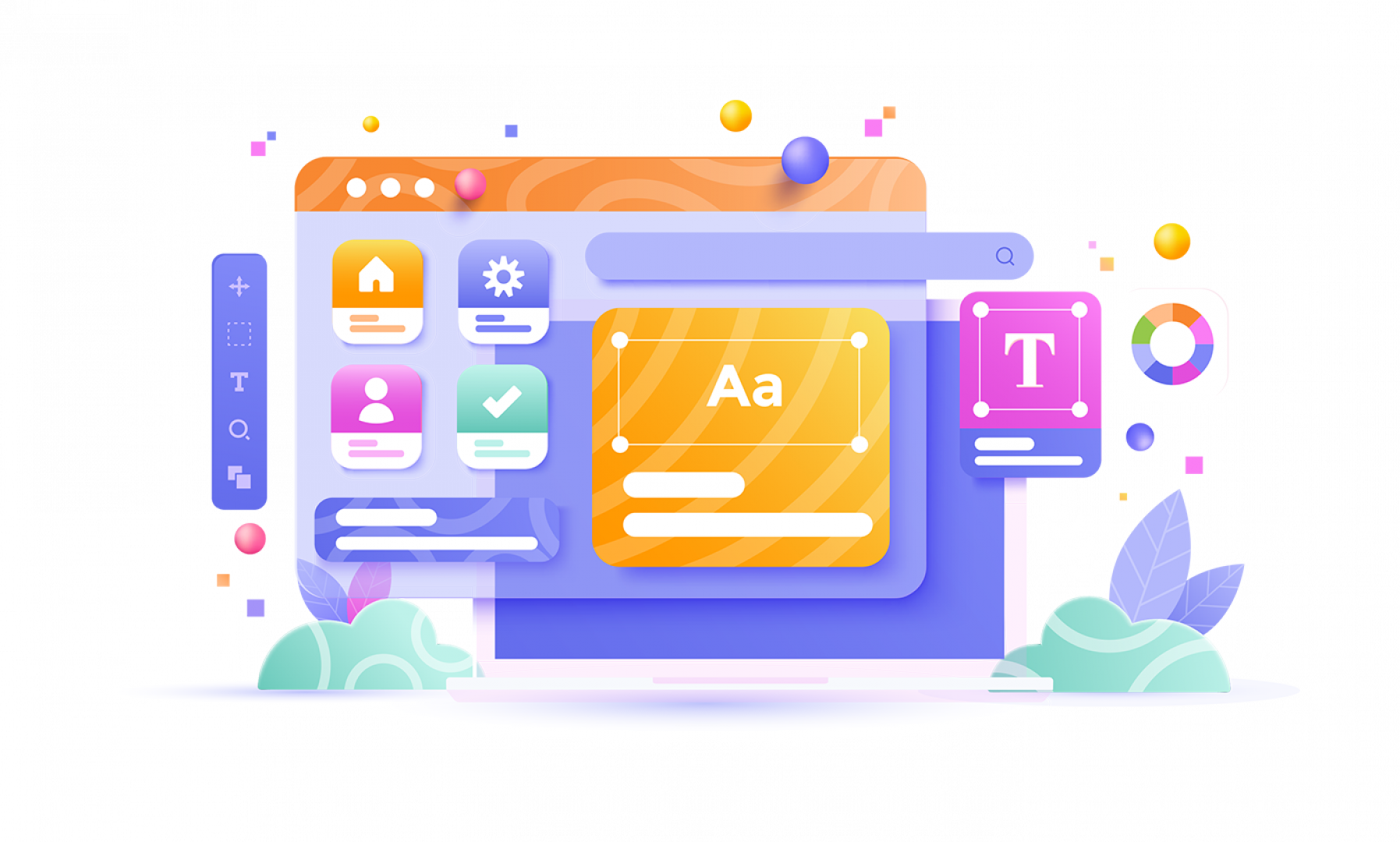
Tailoring Your Approach: Strategies for B2B vs. B2C Target Audiences

Introduction
In the world of marketing, one size does not fit all. Businesses must tailor their strategies based on whether they are targeting B2B (Business-to-Business) or B2C (Business-to-Consumer) audiences. Understanding the fundamental differences between these two markets is crucial for crafting effective marketing campaigns that resonate with the intended audience.
This article explores the unique characteristics of B2B and B2C audiences and provides strategies to effectively engage each. By recognising these differences, you can optimise your marketing efforts to meet the specific needs and preferences of your target audience.
Understanding B2B Audiences
Decision-Making Processes in Businesses
B2B audiences consist of businesses purchasing products or services from other businesses. The decision-making process in B2B markets is typically:
- Complex: Involves multiple stakeholders and decision-makers.
- Rational: Based on logic, data, and return on investment (ROI).
- Longer Sales Cycles: Due to the need for approvals and evaluations.
Key Factors Influencing B2B Buyers
When targeting B2B audiences, consider the following factors:
- ROI and Efficiency: Demonstrate how your product or service improves efficiency and profitability.
- Expertise and Credibility: Establish your company as an industry expert.
- Relationship Building: Foster long-term partnerships through trust and reliability.
Understanding B2C Audiences
Individual Consumer Behaviour
B2C audiences are individual consumers purchasing goods or services for personal use. Their decision-making process is often:
- Emotional: Influenced by feelings, desires, and personal preferences.
- Quicker Sales Cycles: Decisions can be immediate or involve minimal deliberation.
- Impulse Buying: Purchases may be spontaneous based on promotions or trends.
Key Factors Influencing B2C Buyers
When targeting B2C audiences, focus on:
- Benefits and Value: Highlight how your product enhances the consumer's life.
- Convenience: Emphasise ease of purchase and use.
- Entertainment and Experience: Engage consumers through enjoyable and memorable interactions.
Marketing Channels and Tactics
B2B Marketing Strategies
- LinkedIn Marketing: Utilise LinkedIn for networking, sharing industry insights, and connecting with decision-makers.
- Industry Events and Trade Shows: Participate in events to showcase products and build relationships.
- Whitepapers and E-books: Provide detailed content that addresses industry challenges and solutions.
- Account-Based Marketing (ABM): Tailor marketing efforts to specific high-value accounts.
B2C Marketing Strategies
- Social Media Advertising: Use platforms like Facebook, Instagram, and Twitter to reach consumers where they spend time.
- Influencer Partnerships: Collaborate with influencers to promote products authentically.
- Loyalty Programmes: Encourage repeat purchases through rewards and incentives.
- Email Marketing: Send personalised offers and updates to subscribers.
Content Strategies
B2B Content Marketing
- In-depth Articles and Blog Posts: Share expertise on industry topics.
- Case Studies: Provide evidence of success and ROI through real-world examples.
- Webinars and Workshops: Offer educational opportunities to demonstrate value.
- Thought Leadership Content: Publish whitepapers and research reports to establish authority.
B2C Content Marketing
- Engaging Visuals: Use high-quality images and videos to capture attention.
- Storytelling: Connect emotionally through narratives that resonate with consumers.
- Interactive Content: Create quizzes, polls, and games to increase engagement.
- User-Generated Content: Encourage customers to share their experiences and showcase them.
Communication Styles
B2B Communication
- Formal and Professional Tone: Maintain professionalism in all communications.
- Data-Driven Messaging: Use statistics, facts, and figures to support claims.
- Solution-Oriented Language: Focus on how your offering solves specific business problems.
B2C Communication
- Casual and Relatable Tone: Speak in a way that feels personal and approachable.
- Emotional and Persuasive Messaging: Appeal to desires, aspirations, and emotions.
- Call-to-Action Emphasis: Encourage immediate action with clear directives.
Examples and Case Studies
B2B Example: Slack's Approach to Business Communication
Slack targets businesses by offering a platform that enhances team communication and collaboration.
- Content Strategy: Produces in-depth guides on productivity and teamwork.
- Marketing Channels: Utilises LinkedIn and industry events to reach decision-makers.
- Communication Style: Professional yet friendly, focusing on efficiency and integration capabilities.
B2C Example: Nike's Inspirational Consumer Engagement
Nike engages consumers through inspirational messaging that aligns with personal aspirations.
- Content Strategy: Utilises storytelling in ads to inspire and motivate.
- Marketing Channels: Active on social media platforms with a strong visual presence.
- Communication Style: Emotional and empowering, encouraging consumers to "Just Do It."
Measuring Success
B2B Metrics
- Lead Quality: Assess the potential value and fit of leads generated.
- Customer Acquisition Cost (CAC): Calculate the cost of acquiring a new customer.
- Lifetime Value (LTV): Estimate the total revenue expected from a customer over the duration of the relationship.
- Sales Cycle Length: Monitor the time from initial contact to closing a deal.
B2C Metrics
- Conversion Rates: Measure the percentage of visitors who take a desired action.
- Average Order Value: Calculate the average amount spent each time a customer places an order.
- Customer Retention: Track the ability to retain customers over time.
- Engagement Metrics: Monitor likes, shares, comments, and other interactions.
Conclusion
Understanding the distinct characteristics of B2B and B2C audiences is essential for developing effective marketing strategies. By tailoring your approach to the specific needs, behaviours, and preferences of your target audience, you can enhance engagement, build stronger relationships, and achieve better business outcomes.
Key Takeaways:
- B2B Marketing focuses on building relationships, demonstrating expertise, and providing data-driven value.
- B2C Marketing emphasises emotional connections, convenience, and engaging experiences.
- Choose Appropriate Channels: Select marketing channels that align with where your audience spends time.
- Adapt Communication Styles: Use language and tone that resonate with your audience's expectations.
- Measure and Optimise: Regularly analyse metrics to refine your strategies.
By recognising and responding to the unique dynamics of B2B and B2C markets, you position your business for greater success in connecting with your target audience.
Related articles
- Target Audiences: Our Guide to Identifying Your Customer Markets
- Advanced Segmentation Strategies
- Essential Tools for Effective Target Audience Research
- Aligning Your Value Proposition with Your Target Audience's Needs
- Ethical Marketing: Navigating Cultural Nuances in Audience Targeting
- Testing and Validating Your Target Audience
- Avoiding Missteps: Common Pitfalls in Target Audience Identification
- Staying Ahead: The Role of Continuous Audience Analysis in Marketing Success
Build your site in 60 seconds with AI
Limecube's AI Website Builder can get you up and running fast!
Tell us about your website, choose a colour palette and BOOM! It's done!
Is Your Business AI Ready? Simple Steps You Can Take Today
Posted on: 25 June, 2025
The AI Revolution: Is It Really Right for Your Small Business?
Artificial intelligence has become th.....
Read more
V10.7.2 - Released
Posted on: 28 October, 2025
Discover Limecube's latest release
Below is a list of release notes covering what is new and improve.....
Read more
SUBSCRIBE TO OUR NEWSLETTER
Subscribe to receive updates on new features, themes, tips and tricks to make your website better.
We promise not to spam you! :)
View our privacy policy here.


